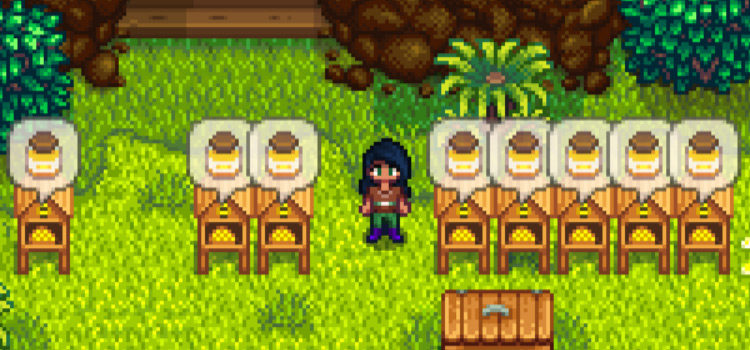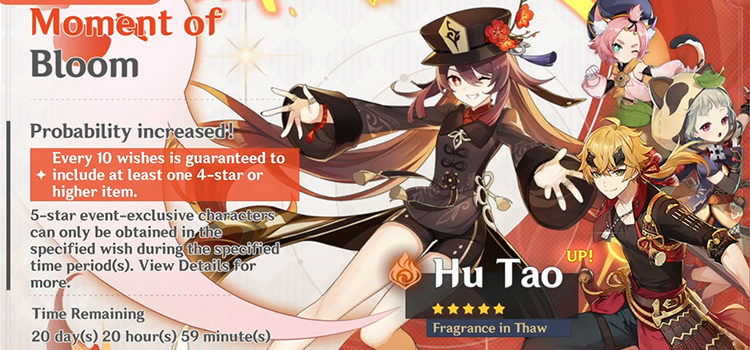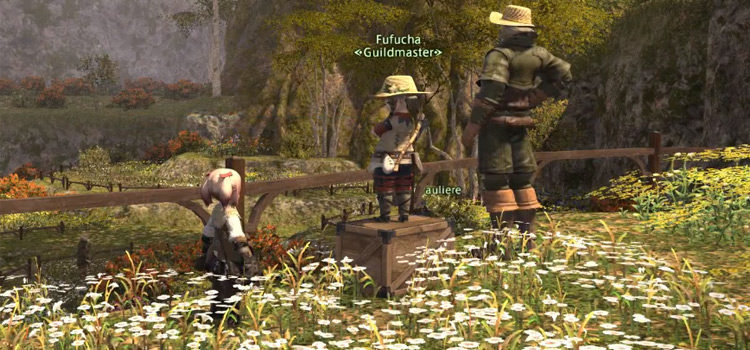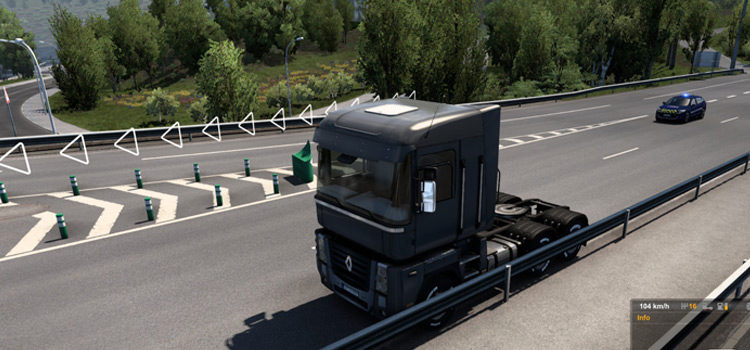D&D 5e Feats Guide: What Are Feats & How Do They Work?
This post may contain affiliate links. If you buy something we may get a small commission at no extra cost to you. (Learn more).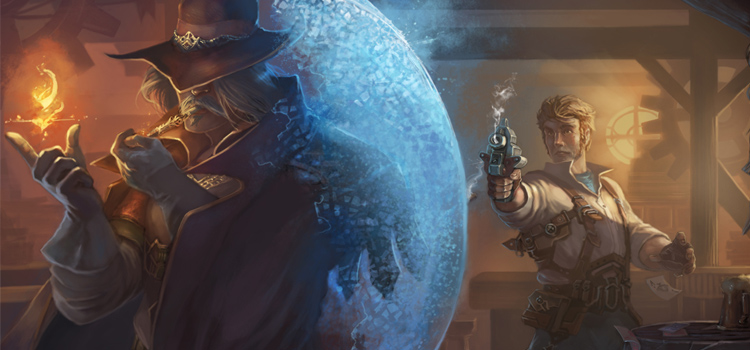
Feats are an optional rule in D&D 5e that give characters special abilities, and sometimes improve a single ability score. Even if your group plays using feats, many players will not take any feats until their characters reach a fairly high level.
There are many kinds of feats in 5e.
As of 2020, there are about 75 feats in the game. Some feats give players extra skill, weapon, tool, or armor proficiencies, or improve a character’s ability to perform certain skills or abilities. Other feats improve a character’s martial abilities with certain types of weapons.
There are also several feats that grant magical, racial, or class abilities.
And there are even many “half-feats” that give a character +1 to an ability score, along with additional abilities.
With so many feats, it’s no surprise that some feats are better than others. But before we get into feat options, let’s talk about when (and whether) you should consider taking a feat.
Taking a Feat During Character Creation
Until recently, there was only one way to take a feat at level one: by taking the variant human subclass.
Since feats can be powerful and/or flavorful, starting with a feat can help a player solidify their character’s identity. Which is why variant human is a popular choice for many players.
Tasha’s Guide to Everything introduced an option called Customizing Your Origin, so now a player can create a character of any race and have them start with a feat. This option is called Custom Lineage.
It’s similar to the variant human, except the character gets +2 to an ability score and a choice between darkvision and a skill proficiency, plus one language proficiency.
Another benefit to using a Custom Lineage is that it is one of the rare ways to start with an 18 in your primary ability if you take a half-feat.
In general, playing a race that starts with a feat can be a fairly powerful option at low levels. But it becomes less powerful at higher levels, when other characters also gain access to feats.
Taking a Feat at Higher Levels
Whenever your character receives an Ability Score Improvement (ASI)—often at class levels 4, 8, 12, 16 and 19—you can choose to take a feat instead (assuming you’re using feats).
But taking an ASI is useful and powerful. So a player should carefully weigh their options before they take a feat instead of an ASI.
For more information about ASIs and whether to take a feat vs. an ASI, see the article “What is “Ability Score Improvement’ in D&D 5e (And How Does it Work)”.
In general, it’s never a bad idea to take the ASI until you maximize your primary ability score. As mentioned in the article, taking an ASI that improves your primary ability score modifier by +1 can have a significant impact on your effectiveness in and outside of combat.
After your primary ability score is already 20, you should strongly consider taking a feat. This means that most characters should be seriously looking at feats by level 12, if not sooner.
If you have an odd number for your primary ability score, you should consider taking a half feat, so that your ability score becomes even and you gain some additional abilities.
There is very little benefit in having an odd ability score most of the time.
Which characters should take a feat at level 4?
There are several builds that should consider taking a feat at level 4.
Example of this might include:
- Spellcaster who wants to improve their con saving throws so they can maintain concentration if they take damage.
- Martial characters who specialize in certain weapons and want a feat to improve their damage or gain a bonus action attack.
- Characters who want a feat to help better define or improve certain class abilities.
Prerequisites
Many feats have prerequisites too, such as having a certain racial background, certain proficiencies, minimum attributes, or the ability to cast spells.
Keep this in mind during your character build process.
Recommended Feats
I’m not going to rate all of the feats, but this is a list of popular feats for different types of characters. Just something to help as a reference.
| Class | Useful Feats |
|---|---|
| All Classes | “Half-feats” – if you have an odd primary ability score, look at feats that give you +1 to that ability
Inspiring Leader – pretty good for Cha-based characters. It can provide a lot of temporary HP each day to your companions. Lucky – rerolling poor d20 rolls is amazing! Magic Initiate – Gain a useful level 1 spell (find familiar, shield, etc.) and a couple of cantrips. Green flame blade and booming blade are particularly beneficial to melee characters that never get extra attack. For characters that don’t know many spells, this may add an extra spell to your repertoire. Resilient: Con or Resilient: Wis – As you gain levels, you’ll face tougher monsters with most powerful abilities, but unfortunately most of your saving throws bonuses won’t increase. Eventually you’ll want to make sure you have a decent chance to make both Con and Wis saves. Skill Expert – if you want to be an expert in a specific skill |
| Melee characters | Crusher or Piercer or Slasher – OK choice for a half-feat, depending on your weapon of choice
Great Weapon Master – if you use a heavy weapon, gain lots of bonus damage but reduced chance to hit Mobile – if you like hit-and-run tactics. This is especially good for monks Polearm master – fantastic feat if you use martial reach weapons Sentinel – for tanks who want to prevent enemies from running away from you Shield Master – use a bonus action to push over enemies if you have a shield Tough – if you need more HP |
| Archers | Crossbow expert – solid choice if you use a hand-crossbow, especially when combined with sharpshooter
Sharpshooter – lots of bonus damage but reduced chance to hit |
| Casters | Lucky or Resilient: Con or War Caster – Take one of the feats above to improve your saves to maintain concentration
Alert – go earlier in combat, so you can cast area-of-effect spells before your allies step in the way |
